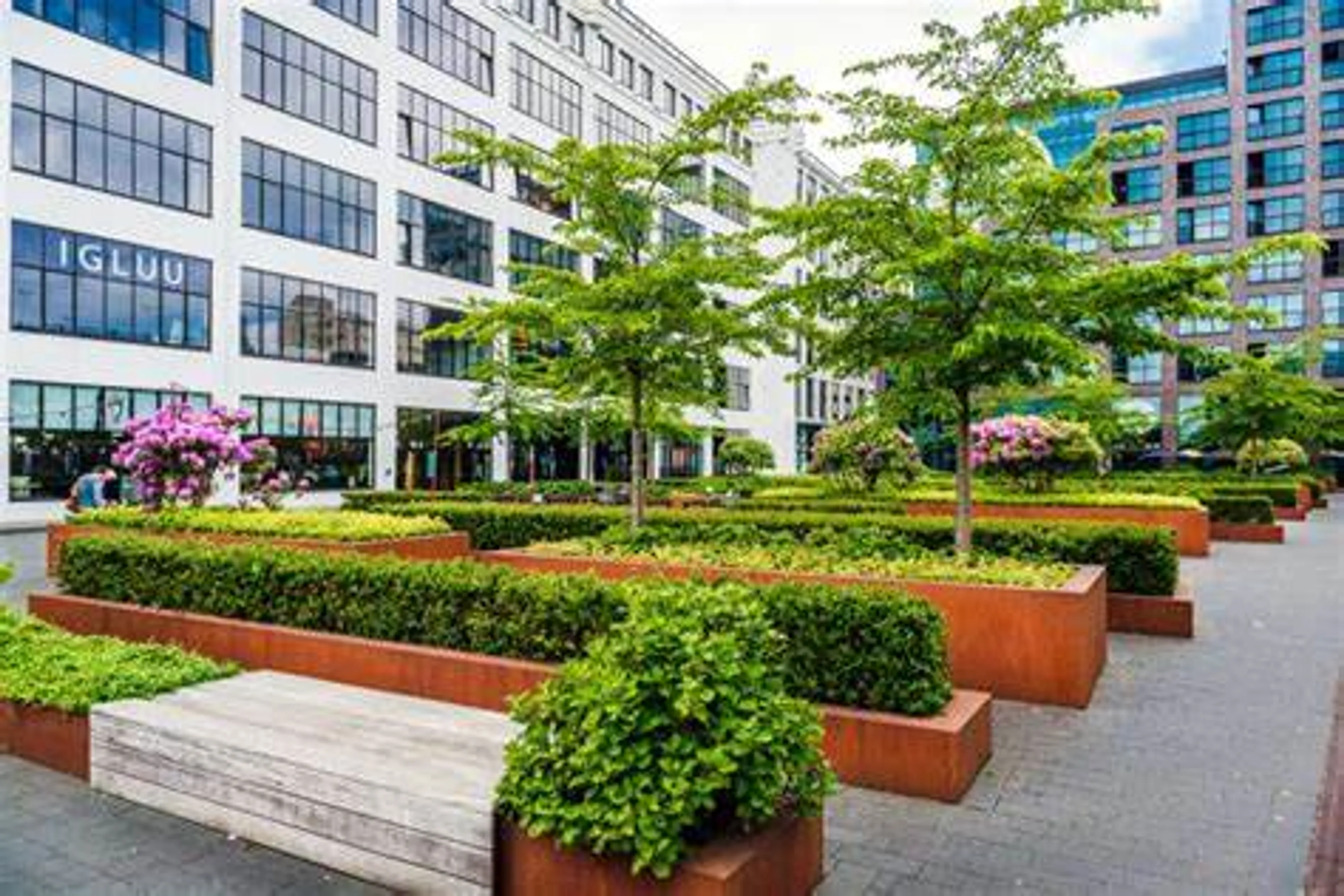
In our increasingly urbanized and fast-paced world, the importance of green spaces for mental well-being cannot be overstated. Research consistently shows that access to nature and green environments can have a profound positive impact on our mental health. In this exploration, we will delve into the powerful connection between green spaces and mental well-being, shedding light on the ways in which nature can nurture our minds.
Nature's Therapeutic Effects
Green spaces, whether they are urban parks, forests, gardens, or rural landscapes, have a calming and therapeutic effect on the human psyche. Exposure to nature has been associated with reduced stress levels, improved mood, and increased feelings of well-being. The sight of greenery and the sounds of birdsong or rustling leaves can provide a welcome respite from the demands and stresses of daily life.
Stress Reduction and Anxiety Relief
Spending time in green spaces has been shown to reduce stress hormones such as cortisol. Nature provides an escape from the constant stimuli and digital screens that can contribute to stress and anxiety. Even a brief walk in a park can help clear the mind and promote relaxation, contributing to an overall sense of calm.
Enhanced Cognitive Function
Nature has a rejuvenating effect on cognitive function. Studies have found that spending time in green spaces can improve attention span, creativity, and problem-solving skills. Nature's ability to restore mental clarity and focus is particularly valuable in our information-saturated world.
Mood Enhancement and Emotional Well-being
Green spaces have a positive impact on mood and emotional well-being. Exposure to nature can increase feelings of happiness and decrease symptoms of depression. Natural environments provide opportunities for mindfulness and reflection, helping individuals manage their emotions and find a sense of inner peace.
Physical Activity and Exercise
Green spaces often encourage physical activity, which in turn has a direct impact on mental well-being. Activities such as hiking, jogging, or simply taking a leisurely stroll in a park can promote the release of endorphins, the body's natural mood lifters. Regular exercise in green surroundings can reduce the risk of depression and improve overall mental health.
Social Interaction and Community Building
Green spaces are gathering places that foster social interaction and community building. Parks, community gardens, and recreational areas provide opportunities for people to connect with one another, reducing feelings of isolation and loneliness. These social connections are essential for mental well-being.
Access to Green Spaces: An Equity Issue
While the mental health benefits of green spaces are clear, access to these spaces is not always equitable. Many urban areas lack sufficient green infrastructure, and marginalized communities often have limited access to parks and nature. Addressing this issue requires concerted efforts to create and maintain green spaces in underserved areas, ensuring that everyone can enjoy the mental health benefits of nature.
Conclusion: Nurturing Minds, Restoring Balance
The connection between green spaces and mental well-being is a testament to the healing power of nature. In an era marked by increasing urbanization and digital overload, green environments offer a sanctuary for our minds. Recognizing and preserving these spaces is not just a luxury but a necessity for our mental and emotional health. By integrating green spaces into our urban landscapes and making nature accessible to all, we can nurture our minds, restore balance in our lives, and cultivate a healthier, happier society.



